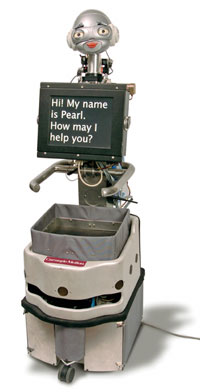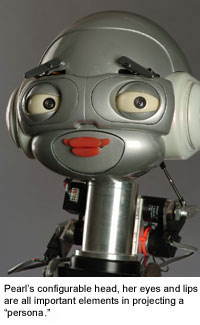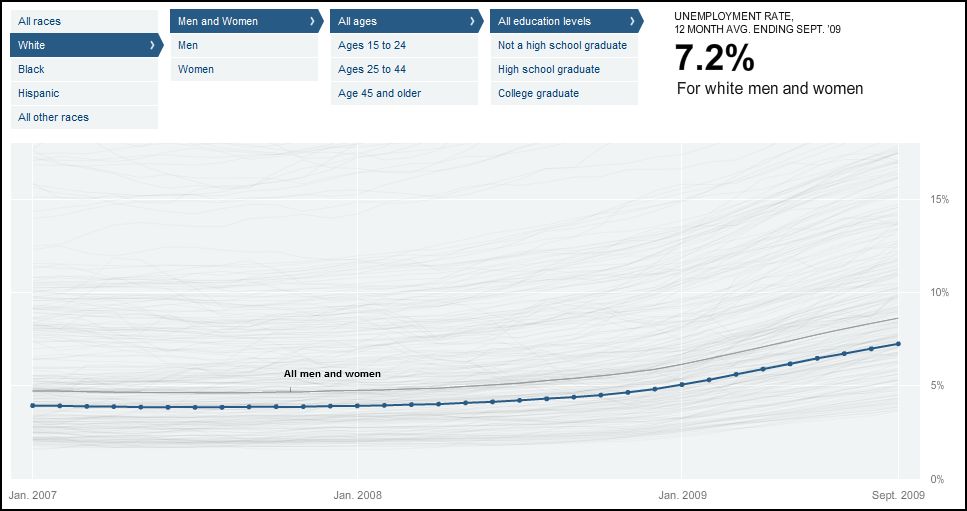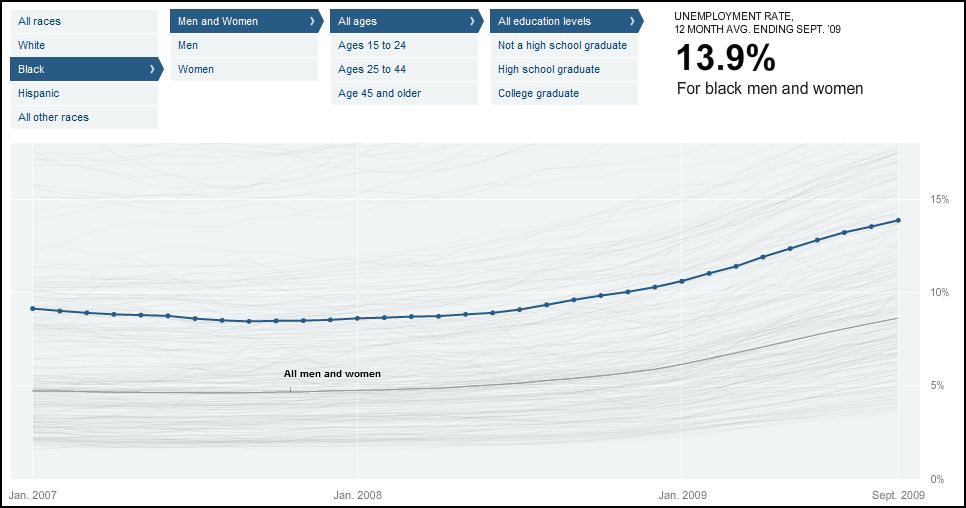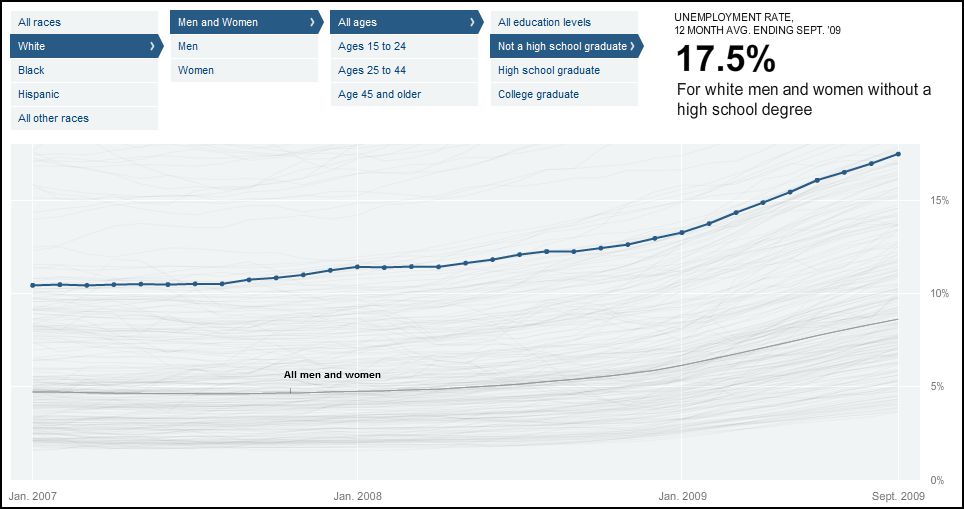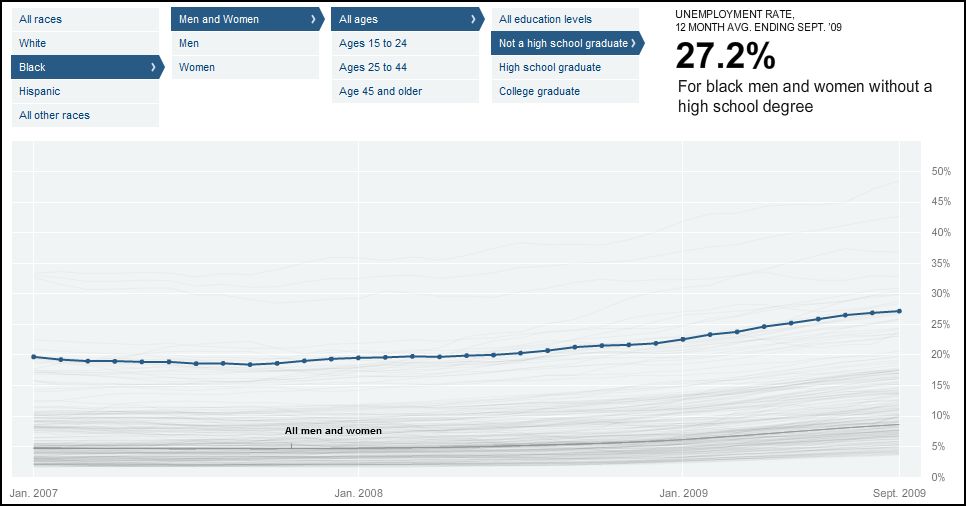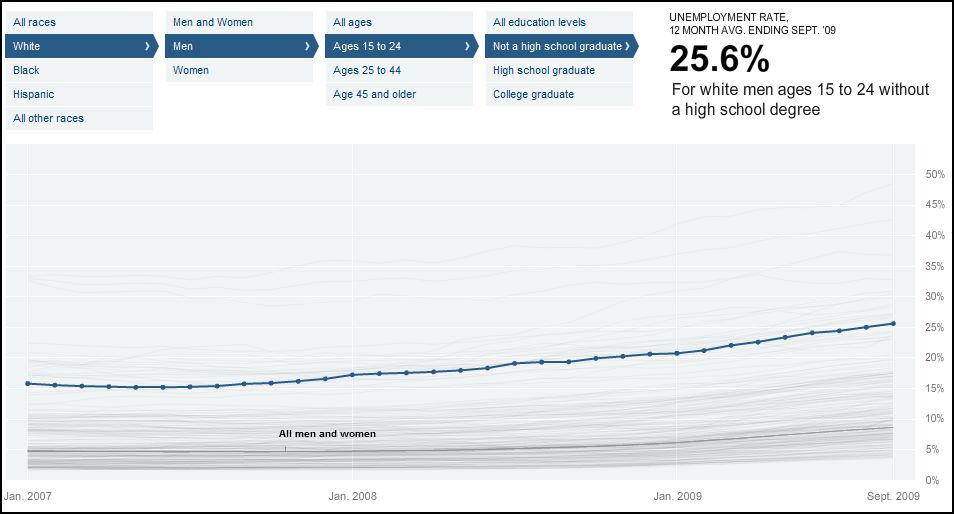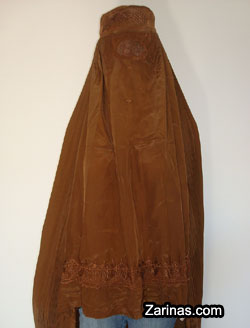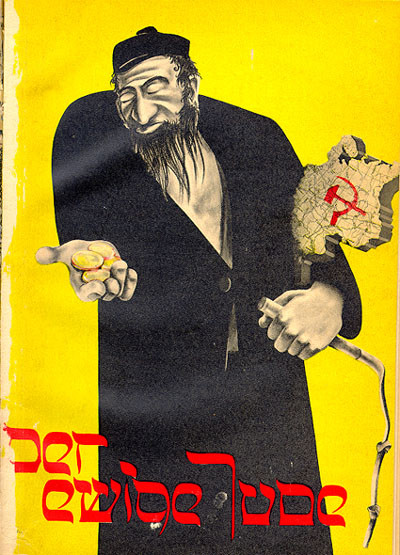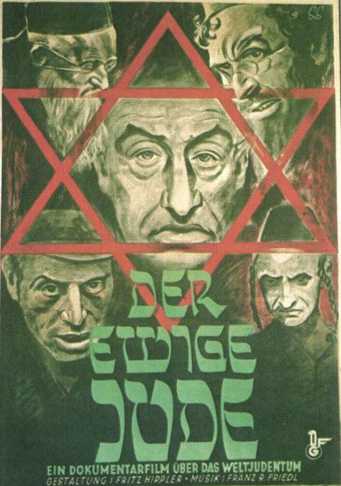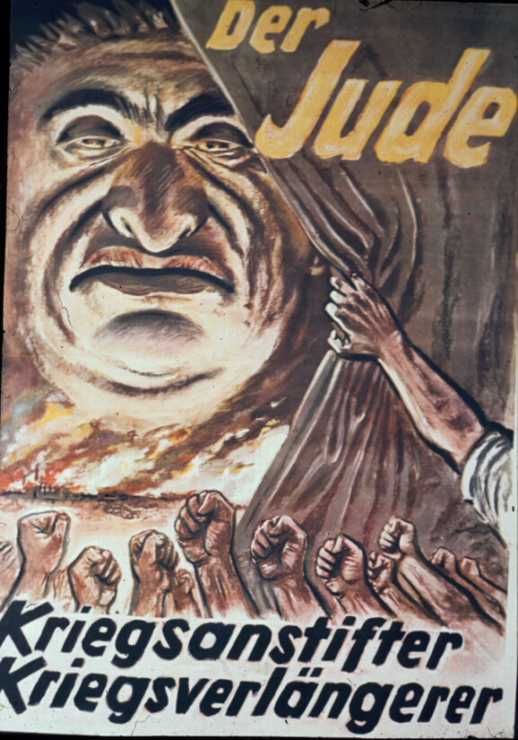Lynn S. sent us a link to a Carnegie Mellon story about a new robotic “nurse” for the elderly. Her name is “Pearl.”
It should go without saying that robots do not need to be gendered male or female and that, in this case, gendering the robot female reproduces a wasp’s nest of stereotypes about who is responsible for caring for others.
I say it should go without saying but, in fact, it mostly does, in the most bizarre way. The article is about trying to maximize Pearl’s effectiveness as a helper by testing various configurations of appearance, mannerisms, expressions, etc. But they never address why she is female. From the article:
To that end, a multidisciplinary team of roboticists, social scientists and interaction designers has drawn on theories of emotion from cognitive science and the principles of aesthetics to explore what happens when human characteristics are added—or taken away—from Pearl’s “persona.”
…
Appearance has a strong impact on a person’s expectations. Researchers want to learn whether facial characteristics will factor into the emotional reaction of people who interact with her. Pearl’s configurable head, the size and spacing of her eyes and the shape of her lips are all important elements in projecting a “persona.”
In the caption to this image, they mention the importance of her “configurable head” for her “persona,” but her gender remains conspicuously unexamined.
Only once in the entire article do they mention gender. They say that they are “…studying people’s responses to a robot’s perceived gender by changing Pearl’s lips and voice.” But they named her Pearl, so they seem to have rushed to a conclusion there. It’s as if, despite the incredible range of concerns and experimentation, scientists are not seriously questioning her sex.
And I think they should! Not only because it’s good science, and not only to avoid sexist assumptions, but because the robot is being designed for senior citizens, who are disproportionately women, most of whom have spent a lifetime caring for children and husbands; I’d bet they’d find a nursebot named Peter to be quite a treat!
Lisa Wade, PhD is an Associate Professor at Tulane University. She is the author of American Hookup, a book about college sexual culture; a textbook about gender; and a forthcoming introductory text: Terrible Magnificent Sociology. You can follow her on Twitter and Instagram.

